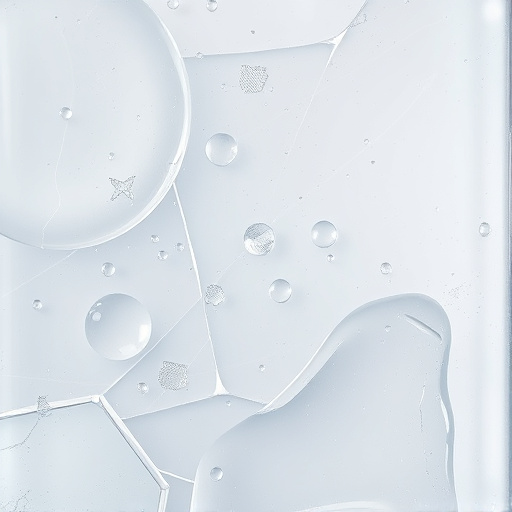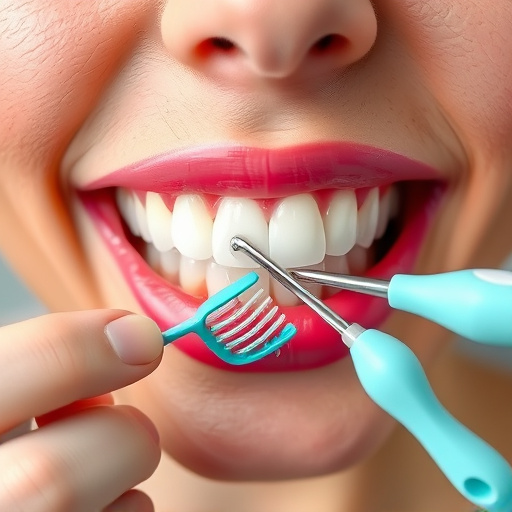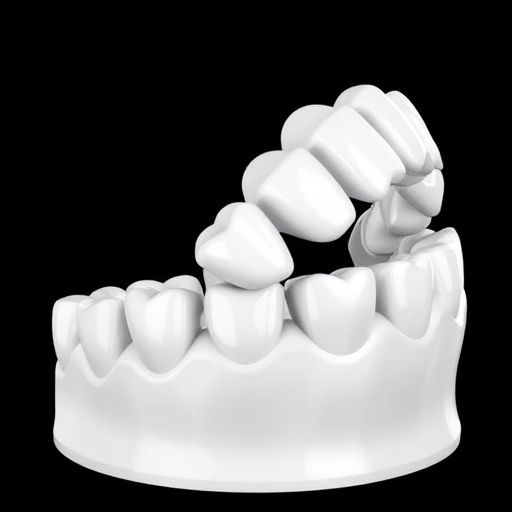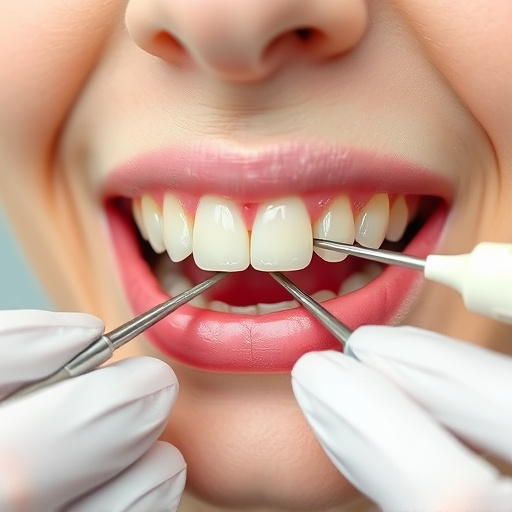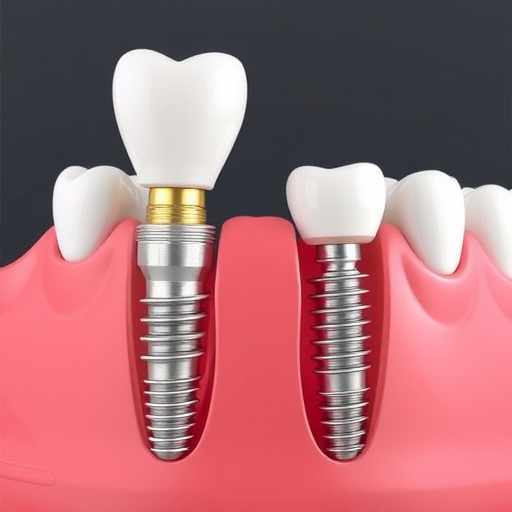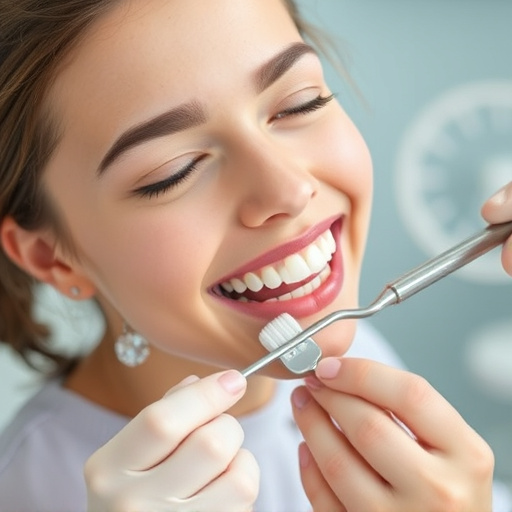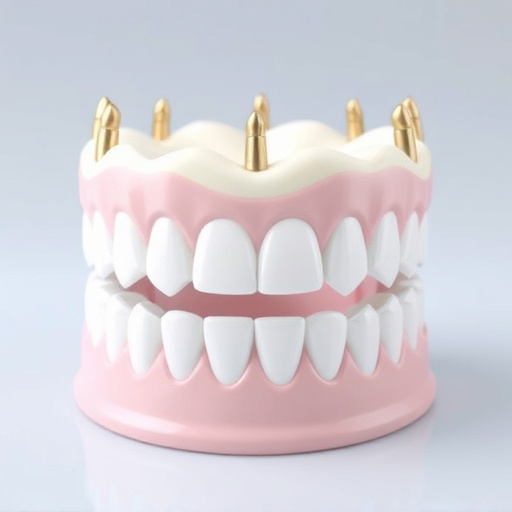Occlusal adjustment, a transformative dental procedure, rectifies top and bottom teeth misalignments, alleviates chewing discomfort, biting issues, and potential tooth wear or TMJ disorders. It enhances bite function, oral health, and aesthetics with minimal disruption to daily life. Suitable for adults and children, including cosmetic dentistry, modern techniques minimize discomfort using advanced tools and methods. Preventive care through regular cleaning and hygiene reduces the need for extensive treatments. In pediatric and wisdom tooth cases, a multifaceted approach focusing on comfort ensures successful outcomes while addressing bite issues and promoting oral health.
Occlusal adjustment, a precise dental procedure, is transforming the way we manage bite issues. This article serves as your comprehensive guide to understanding and navigating this comfortable, modern approach to oral care. We explore techniques that revolutionize traditional methods, prioritizing patient comfort during treatment. By delving into the latest advancements, you’ll discover how occlusal therapy can be a game-changer, offering relief from bite-related discomfort while ensuring long-lasting results.
- Understanding Occlusal Adjustment: A Comprehensive Guide
- Modern Techniques for Painless Dental Adjustments
- Achieving Optimal Comfort During Occlusal Therapy
Understanding Occlusal Adjustment: A Comprehensive Guide
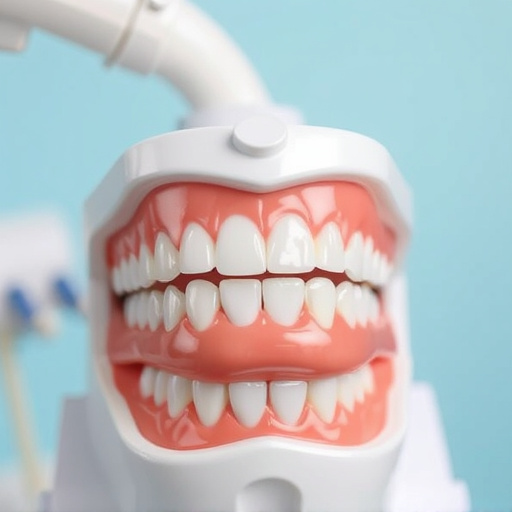
Occlusal adjustment refers to the process of correcting misalignments between your top and bottom teeth, known as occlusion. This precise technique is a crucial component of comprehensive dental care, addressing issues that can cause anything from discomfort during chewing and biting to more serious problems like tooth wear, fractures, or temporomandibular joint (TMJ) disorders. By realigning the teeth, occlusal adjustment promotes not only proper bite function but also enhances overall oral health and esthetics, often with minimal intrusion on a patient’s comfort or daily life.
For both adults and children’s dentistry patients seeking comprehensive dental care, occlusal adjustment can be a game-changer. Even in the realm of cosmetic dentistry, where aesthetics are paramount, proper occlusion is essential for long-lasting, beautiful results. Skilled dentists employ various techniques to achieve these adjustments, prioritizing patient comfort throughout the process and considering each individual’s unique needs.
Modern Techniques for Painless Dental Adjustments
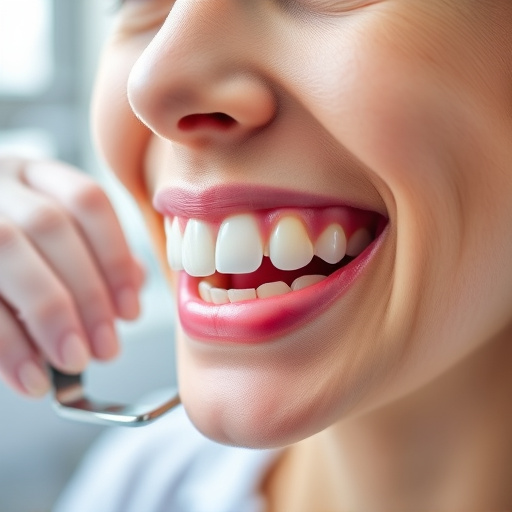
In today’s digital era, modern dental techniques have revolutionized the way we approach occlusal adjustments, once considered a cumbersome and painful procedure. Gone are the days when patients braced themselves for lengthy and uncomfortable sessions. Today, advanced tools and comfortable dental techniques ensure that adjustments can be made with minimal discomfort.
One of the key aspects of these modern approaches is emphasizing preventive dentistry. Regular teeth cleaning and meticulous oral hygiene practices play a pivotal role in maintaining optimal oral health, reducing the need for extensive procedures like tooth extractions. By focusing on early intervention and proactive care, dentists can prevent issues from escalating, making occlusal adjustments more manageable and comfortable for patients.
Achieving Optimal Comfort During Occlusal Therapy
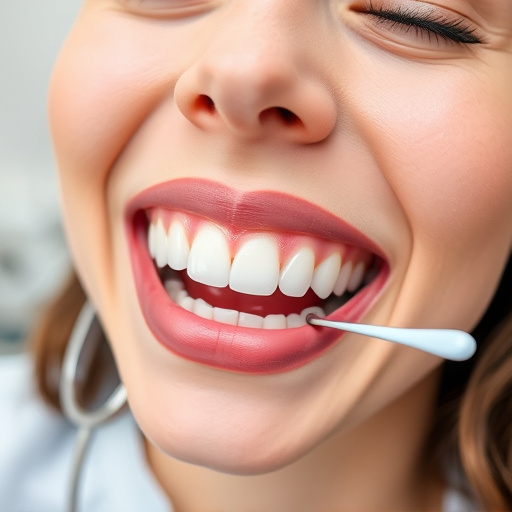
Achieving optimal comfort during occlusal therapy is paramount for successful and patient-friendly dental care, especially in children’s dentistry. This involves a multifaceted approach tailored to each individual’s needs. Dentists employ various techniques to ensure patients’ comfort, from precise and gentle instrument handling to advanced comfortable dental procedures like the placement of dental crowns. These strategies not only minimize pain but also foster trust and cooperation, making occlusal adjustment less daunting for both young patients and adults undergoing wisdom tooth removal.
Creating a soothing environment and utilizing modern tools significantly enhance the experience. Sedation options, when appropriate, can further relax patients. By prioritizing comfort, dental professionals can effectively navigate complex procedures, ensuring positive outcomes while addressing bite issues and promoting overall oral health.
Occlusal adjustment, once a daunting concept for many patients, has evolved significantly with modern dental techniques designed to provide comfortable experiences. By understanding the process and leveraging advancements in pain-free methods, individuals can now achieve optimal oral health without the usual discomfort associated with traditional occlusal therapy. These innovative approaches not only enhance patient comfort but also contribute to improved overall oral wellness, making regular occlusal adjustments a practical and beneficial step towards maintaining a healthy smile.

